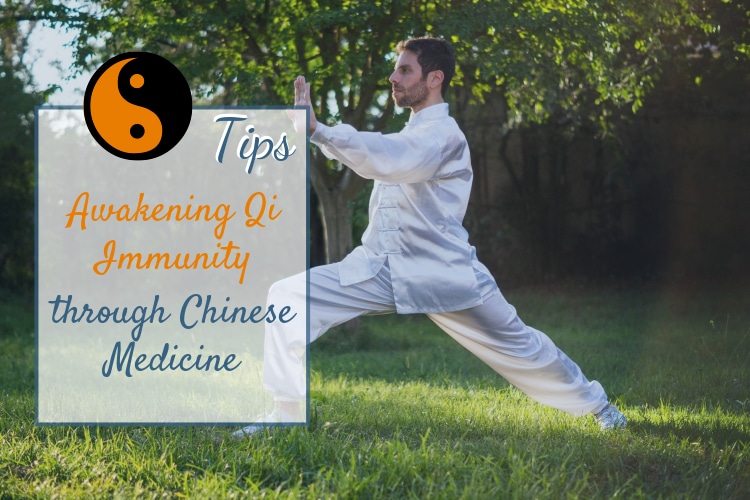
What Is Cupping Therapy, and Why Does Michael Phelps Swear By It?
Competing in the Olympics is definitely grueling, but it’s not the sports that are responsible for some of the bruises on several of the top athletes.
For instance, swimmer Michael Phelps and gymnast Alex Naddour—among other competitors—have been seen with round, purple marks across their bodies.
It’s called cupping therapy, and it’s a form of ancient Chinese medicine purported to treat athletic aches and other pains.
But can a couple of cups on your skin really make a difference in what’s going on in your body? We take a look at what’s really behind this health trend.
How Does Cupping Therapy Work?
In cupping therapy, an acupuncturist soaks a cotton ball in alcohol and lights it on fire inside a glass cup.
He or she removes the flame, and quickly places the cup on a patient’s skin, creating a vacuum that draws up the skin tissue, says Mark Perido, an educator with the International Cupping Therapy Association.
When the skin seals the hot air in the vessel, the air inside begins to cool, causing the skin to contract.
Advocates of cupping say it’s this stretching and contraction of the skin that makes cupping effective since it increases blood flow.
“Blood flow is the body’s way of natural healing,” says Houman Danesh, M.D., an assistant professor of anesthesiology and rehabilitation medicine at Mount Sinai Hospital who frequently combines cupping with mainstream pain therapy techniques. “Increased blood flow can be beneficial to jumpstart or restart a blunted healing response.”
You can also think of it as a “sterile inflammation,” says Reid Blackwelder, M.D., past president of the American Academy of Family Physicians.
That’s because the cupping process draws blood from your vessels and into your tissue. Your body thinks it’s been injured, so it jumpstarts an inflammatory response, mobilizing antibodies to the area to try to heal it.
That may be why cupping is touted to treat a lot of pain-based conditions. Along with boosting athletic recovery, it’s also been used to manage things like lower back pain, plantar fasciitis, and fibromyalgia.
For athletes who aren’t hurt, the increased blood flow from cupping is thought to help repair muscle fibers after a tough workout.
The risks associated with cupping therapy are minor and include noticeable, hickey-like bruising that occurs due to damage to your blood cells.
“The blood oozes from the vessel and into the tissue, which is what you’re seeing,” Dr. Blackwelder says. “It’s a very normal part of therapy, and it isn’t painful.”
But Does Cupping Therapy Really Work?
Separate studies have suggested that cupping therapy may help reduce pain associated with conditions like carpal tunnel syndrome, persistent low back pain, and chronic neck pain.
But Dr. Blackwelder remains skeptical—he doesn’t use cupping in his practice.
There’s little research that proves that any healing actually takes place with cupping, he says.
One problem? The design of studies looking at cupping therapy isn’t great since it’s hard to tease out whether the actual process of cupping is responsible for the results.
It comes down to the placebo effect, Dr. Blackwelder says.
If people simply think they’re getting a treatment, that belief can sometimes be enough to help improve their condition.
In high-quality studies, neither the researchers nor the participants know if they’re getting the actual intervention or just a placebo used as a control. Afterwards, the researchers then compare the results to see if there was a significant difference between the groups.
But it’s difficult to “blind” participants to whether they’re getting cupping therapy or not, though some studies use sham treatments that mimic aspects of cupping.
Still, it means the placebo effect could play more of a role in the results, according to a study in the journal Acupuncture in Medicine.
So Should You Try Cupping Therapy?
Though the actual science behind cupping remains hazy, athletes like Phelps continue to use it to help quicken their recovery.
And, according to the placebo effect, if you think it’ll work, it just might make you feel a little better.
So if you want to give it a shot, go ahead: Just consider it a second-line move if you don’t feel like you’re getting relief from a conventional treatment option like physical therapy or medication that your physician recommended, says Dr. Blackwelder.
“It can definitely be a good add-on therapy,” says Dr. Blackwelder. “The risks involved are small.”
Still, if you have a bleeding disorder, or take medicine like aspirin or ibuprofen where bleeding is a potential side effect, you might want to skip cupping, he says.
That’s because it can do further damage to your blood vessels.






